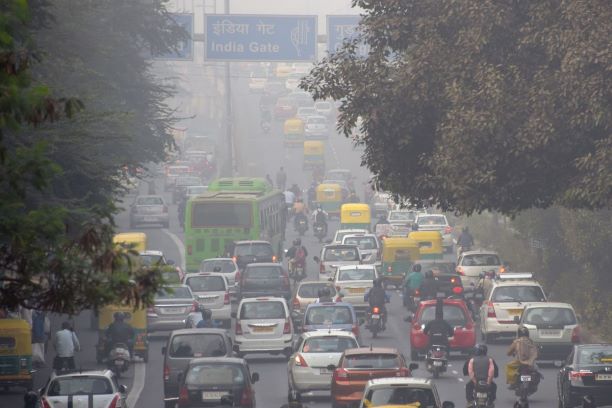

More action needed to tackle air pollution in India
Last week, Mumbai’s overall air quality index (AQI) reached 191, with many localities going well beyond in the assault on the lungs and well being of its citizens. Localities like Andheri and Mazgaon crossed the 300 AQI mark (considred very poor) , even as those more to the south like Sion and Bandra Kurla Complex crossed 200 (considered poor).
The pollution levels upended a widely held belief that the financial capital would never see the kind of pollution levels the NCR region does, thanks to its proximity to the sea and the latter’s ability to literally ‘wash’ away its pollution. Not anymore apparently. And in doing so, the pollution levels at Mumbai have also placed the spotlight on a hitherto counted, but not credited enough culprit. Construction activities. Economic growth has triggered off a construction boom across metros in India, none more so than Delhi and Mumbai. Poorly supervised, with pollution norms more notable for being ignored, these sites have generated enough dust to literally move the meter to poor or very poor category even in Mumbai. Given almost a free pass by authorities who fear the economic consequences of a hard crackdown on these construction sites, they had usually rushed to divert attention to other causes, notably farm fires, road pollution and incredibly, crackers, in Delhi’s case. Multiple decisions have been taken that are questionable at least, from the ban on 10 year and 15 year old diesel and petro, vehicles respectively, to the failure to trap more water for city use and more greenery. The prize of course to the monumental foolishness of the Rs 22 crore air purifier installed at the city’s heart.
Delhi’s problems are much better understood today thankfully. As a landlocked region, low temperatures in winter prevent the air from moving upwards , keeping pollutants closer to the surface. That usually exacerbates the challenge in the winters. Farm fires in winter, plus the festivities of Dussehra and Diwali allowed these to become a political issue, rather than the scientific approach that was required. It is noticeable that a focus on tamping down on dust has led to a relative stability in levels for the past two years, even as massive infrastructure projects like Metro alignments, expressways, airport expansion and more that are nearing the end of construction period are set to put less pressure too. In fact, it would not be far fetched to say that Delhi might have seen the worst of its polluting years, and better control and awareness should lead to lower numbers in the future.
Mumbai however is playing catch up now, and large infra projects from the coastal road project to metro expansion to better road connectivity and railway station upgrades should keep the city on edge for the next two years. With its much larger pipeline of highrises under construction and planned, respite will be tough to get in non-monsoon months. Reports speak of over 6000 construction sites that are active across the city currently.
The obvious solution remains massive focus on public transport, particularly bus networks for last mile connectivity, discouraging ownership of passenger cars, particularly the ridiculous shift towards SUVs at a time when roads are already congested, and stricter enforcement of construction norms. For some strange reason, all three have been a hot potato for authorities for different reasons.
In a significant move toward advancing green energy and industrial growth in the state, Himachal…
Golabl chemical conglomerate BASF has announced that its now offering the world’s first biomass-balanced polyethersulfone…
In a crucial stint to bolster the biogas sector and sustainable dairying in the country,…
TotalEnergies SE has received approval to proceed with its Middlebrook solar and battery project in…
Andhra Pradesh Chief Minister Chandrababu Naidu has inaugurated the Rs 1,000-crore green hydrogen plant of…
The BITS Pilani has developed an innovative solution for managing landfill leachate, domestic septage, and…
View Comments
great point and good to see a quiet nuanced view on pollution rather than usual misinformation generally doled by main stream media